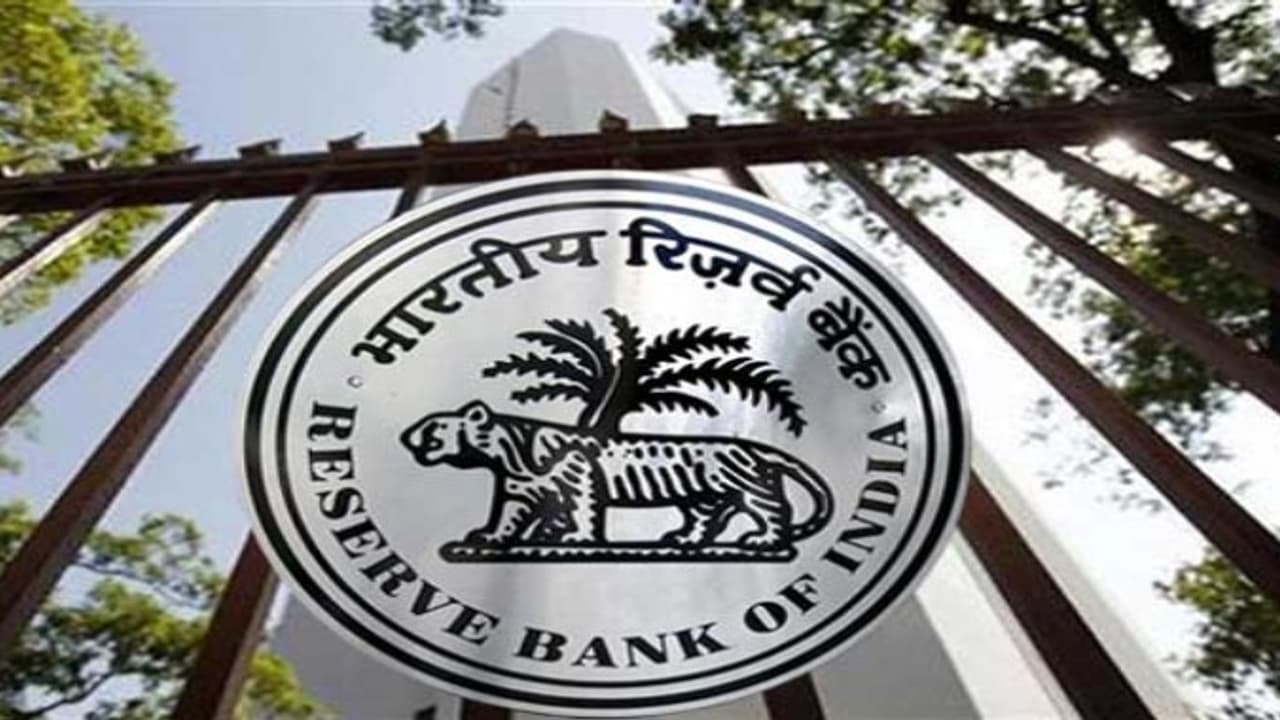However, the banks' reluctance to lend money to NBFCs will continue to affect the money market while, looking at the default by an IL&FS company, banks are unlikely to turn upbeat about NBFCs in the foreseeable future
Mumbai: The Reserve Bank of India (RBI) on Thursday allowed the banks to keep and dispense a percentage of cash that would not affect their business. Banks can now "carve out", the RBI said, up to 15% of their cash reserves rather than a maximum of 13%. The central bank, in a statement, said it wanted to provide “durable liquidity”.
This was made possible by the previous policy decision to allow banks to use up to 13% of funds to meet their liquidity coverage ratio (LCR) obligations, beginning October 1.
The RBI said it “stands ready to meet the durable liquidity requirements of the system through various available instruments depending on its dynamic assessment of the evolving liquidity and market conditions.”
However, while the banks could enjoy the relief, markets became apprehensive of a credit crunch due to banks' reluctance to lend money to non-banking finance companies (NBFCs).
For a month, the government, central bank and market regulator had been circumspect as one of the largest infrastructure finance companies of the country, IL&FS, defaulted on its debts. IL&FS Financial Services, a group company of IL&FS, defaulted on a commercial paper issuance due for repayment on September 24, which was the third default by the company.
The RBI today allowed banks to use more cash. This should address the money markets' need for more liquidity.
The central bank says it carried out open market operation (OMO) eight days ago after which it infused liquidity generously into the market by means of term repos of the banks. This would be other than the general provision of liquidity adjustment facility (LAF).
As of September 26, banks had used Rs 1.88 lakh crore through term repos from the central bank.
Another OMO is being conducted today to ensure more liquidity in the system.
On October 1, the statutory liquidity ratio (SLR) requirement will stand relaxed, too. The banks as of now need to buy government bonds worth 19.5% of their deposits as a part of their SLR.
Tomorrow, that is on Friday, government’s borrowing schedule for the second half of the financial year will be announced. The government is expected to reduce the borrowing needs.
Finally, the government has to take into account also the widening current account deficit. It is the main reason for the rupee’s decline against the US dollar. The government's decision on Wednesday to raise import tariffs on 19 “non-essential items” has helped check the erosion.
